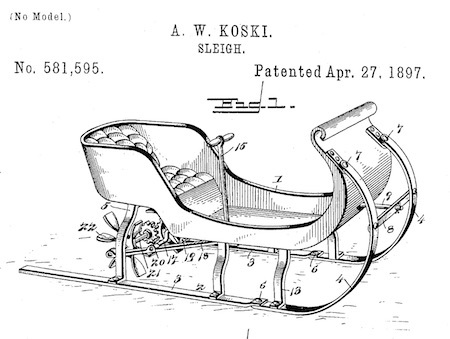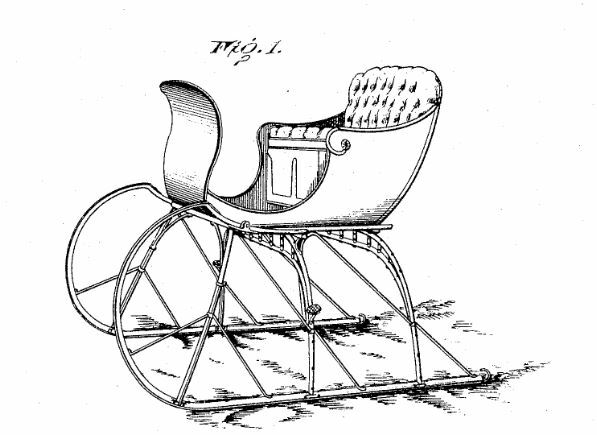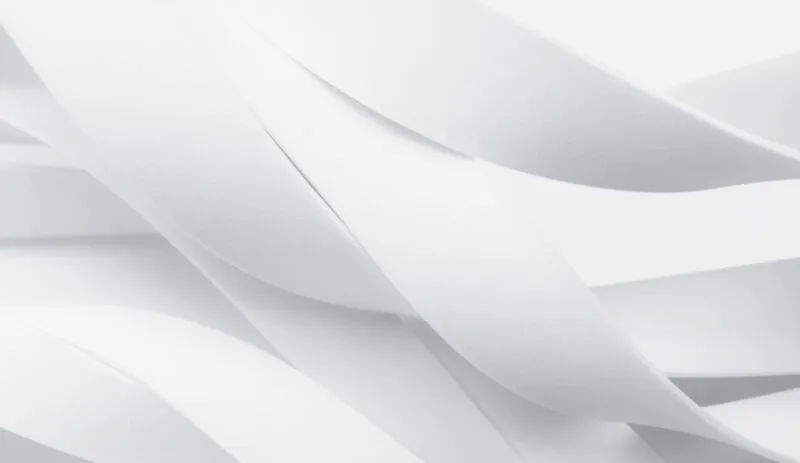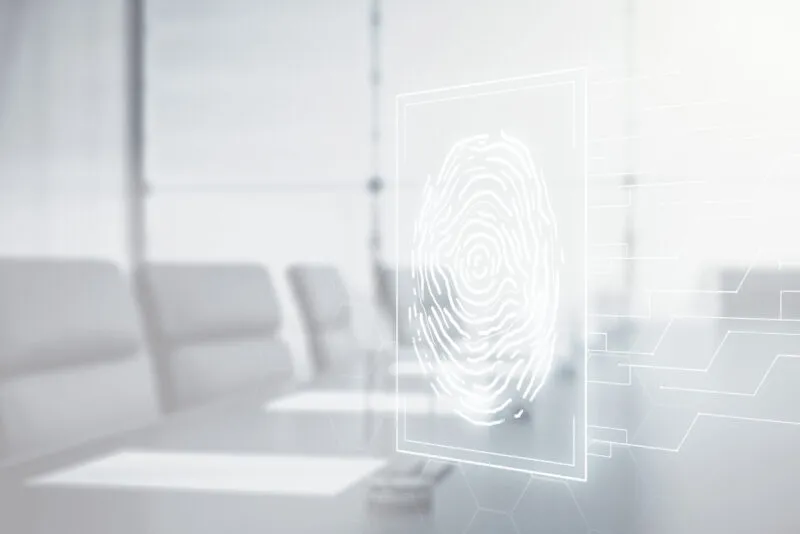Santa's search query "what shall I consider before commercialising?"
Ho-Ho-Ho-ld up before you go commercial! In the spirit of Christmas, and a sprinkle of professional advice, our latest article takes a whimsical yet insightful look into the world of commercialising Santa's magical sleigh invention. Join us on this merry adventure, where we blend the joy of Christmas with the serious business of innovation and commercialisation.
We explore the crucial steps of patent protection, ensuring your unique creation remains yours and yours alone. Next, we jingle all the way through the nuances of trade mark registration, safeguarding the identity and brand of your product. But what about the financial side of innovation? Fear not, for we have covered the exciting world of R&D tax incentives, a boon for any budding inventor looking to make their mark without breaking the bank. And lastly, we delve into the art of design protection, ensuring that the aesthetic appeal of your creation is not lost in the commercial shuffle.
Patent Protection
Patent protection is used to protect technical innovations, which may include products, processes and systems. A single product, like a flying sleigh, may include a number of different features that could each form the subject of a patent application. For example, patents could be filed for the mechanism that enables the sleigh to fly, the method of processing snow to create sleigh fuel, the software that allows the sleigh to navigate around the world, the system of the sleigh and reindeer harnesses that work together to provide improved steering, or the pharmaceutical composition used to protect the reindeer against frostbite.

Santa may wish to start by filing a provisional application. One benefit of doing so is the ability to request an International Type Search, which allows for an early indication of whether the technology is likely to be considered novel and inventive.
Some of the technology powering the sleigh has been in use for years – even decades! While Santa keeps his inventions top secret, he will need to keep in mind the secret use provisions that prevent applicants from filing patents for technologies that they have had a commercial benefit from. Of course, he can limit his patents to just the technologies that have been recently developed, and rely on grace period provisions for anything that might have accidentally been disclosed by a loose-lipped elf!
Trade Mark Registration
Trade mark registration is used to protect an applicant’s identity and reputation as the trade source of its goods or services. Signs (which may be a word, device/logo, slogan, packaging get-up, product shape, colour, or combinations of these) that are used to identify a brand or brand owner may be protected, to prevent third parties from using those signs in a way that would imply that the goods or services originated with a trade source that is not their own. Trade marks are filed in relation to certain goods and/or services.
Words, logos and slogans are commonly registered as trade marks, but need to be capable of distinguishing the goods or services covered by the registration from those of other traders. For example, Santa may wish to apply for protection of a slogan like “Ho, ho ho!” in relation to vehicles, including sleighs. If Santa wanted registration for the name “Santa’s Sleigh”, he may have a better prospect of securing registration if he combines this name with a distinctive font or logo. To complement any trade marks that contain a word element, Santa may wish to register one or more domain names that match the marks to better protect his brand and business.
Some less well-known types of trade marks include trade dress, colour marks, sound marks, or even scent marks! That’s right – Santa could try to register a peppermint scent in relation to vehicles to stop other sleigh makers from using such a scent in their own sleighs. Of course, Santa will want to make sure he continues to use any trade marks he registers, to prevent these from being removed from the register.
R&D Tax and Incentives
If Santa has an Australian based company and has incurred costs on his research and development in Australia creating and testing his prototype sleigh, he may be able to claim some of this expenditure back as part of the R&D tax incentive program.
He can claim costs spent on experimental activities, such as determining the most efficient design for improved speed and durability, the best type of material for the sleigh, and the new or improved process to make the sleigh Santa’s eligible expenditure may include the cost of materials used in the prototype and testing, as well as the wages of the elves conducting the experiments. Money spent on developing a new navigation app or other software related technology can also be claimable in some cases.
Activities that are considered to be business as usual in Santa’s company may not be claimable. These might include costs manufacturing and loading toys onto the sleighs on Christmas Eve, for example or running the spreadsheets matching lists to toys. As the R&D tax scheme is self-assessed, the onus is on Santa to make sure his R&D tax claim is compliant.
Design Protection
Registered designs protect the way that products look. While they are sometimes referred to as “design patents”, there are a number of key differences between patents and designs! Registered designs can be used to protect three dimensional features of a product, such as shape and configuration, as well as two dimensional features like pattern and ornamentation.

Since Santa’s sleigh is stylish as well as functional, Santa may choose to file a design application to protect the aesthetic features of the sleigh and prevent third parties from selling a sleigh that looks too similar. Of course, a valid design will need to be new and distinctive over anything that was previously disclosed, so Santa will want to make sure he has been effectively using his invisibility shield before the design application is filed!
Other products that could be protected by way of designs include Santa’s outfit, and in some jurisdictions, the graphical user interface of his navigational system.

